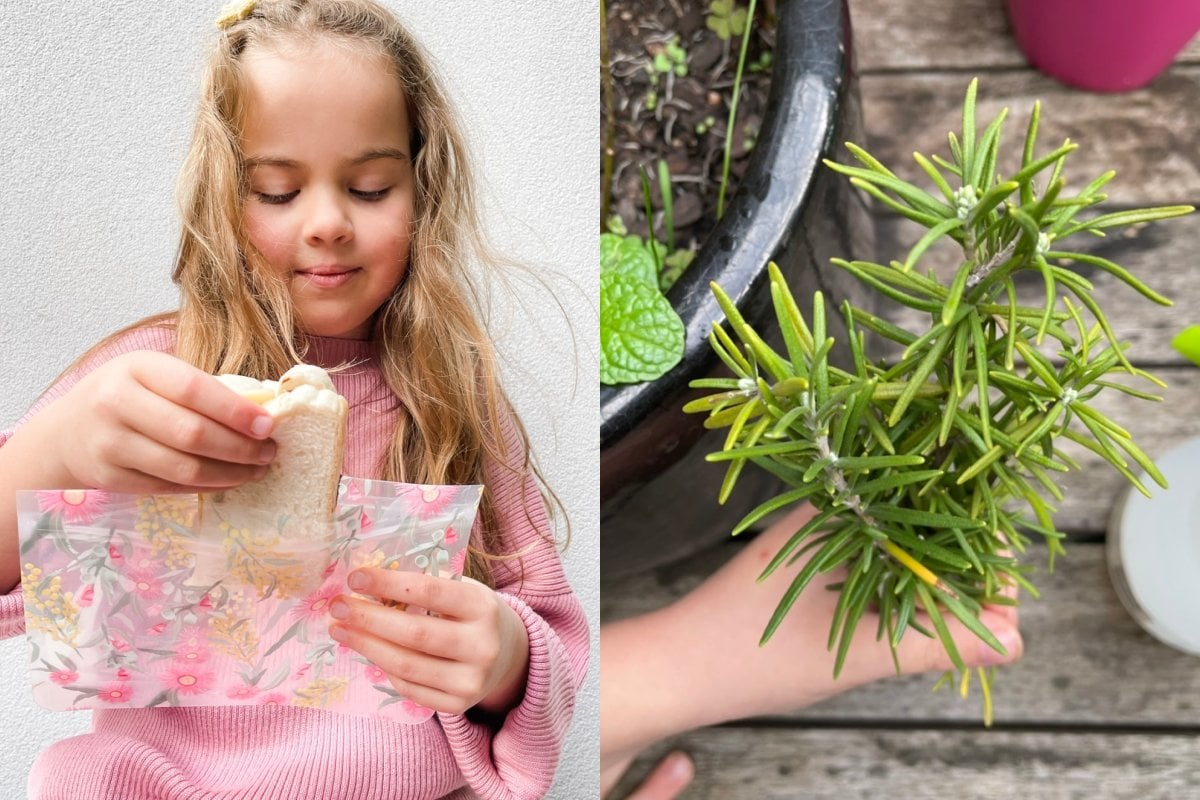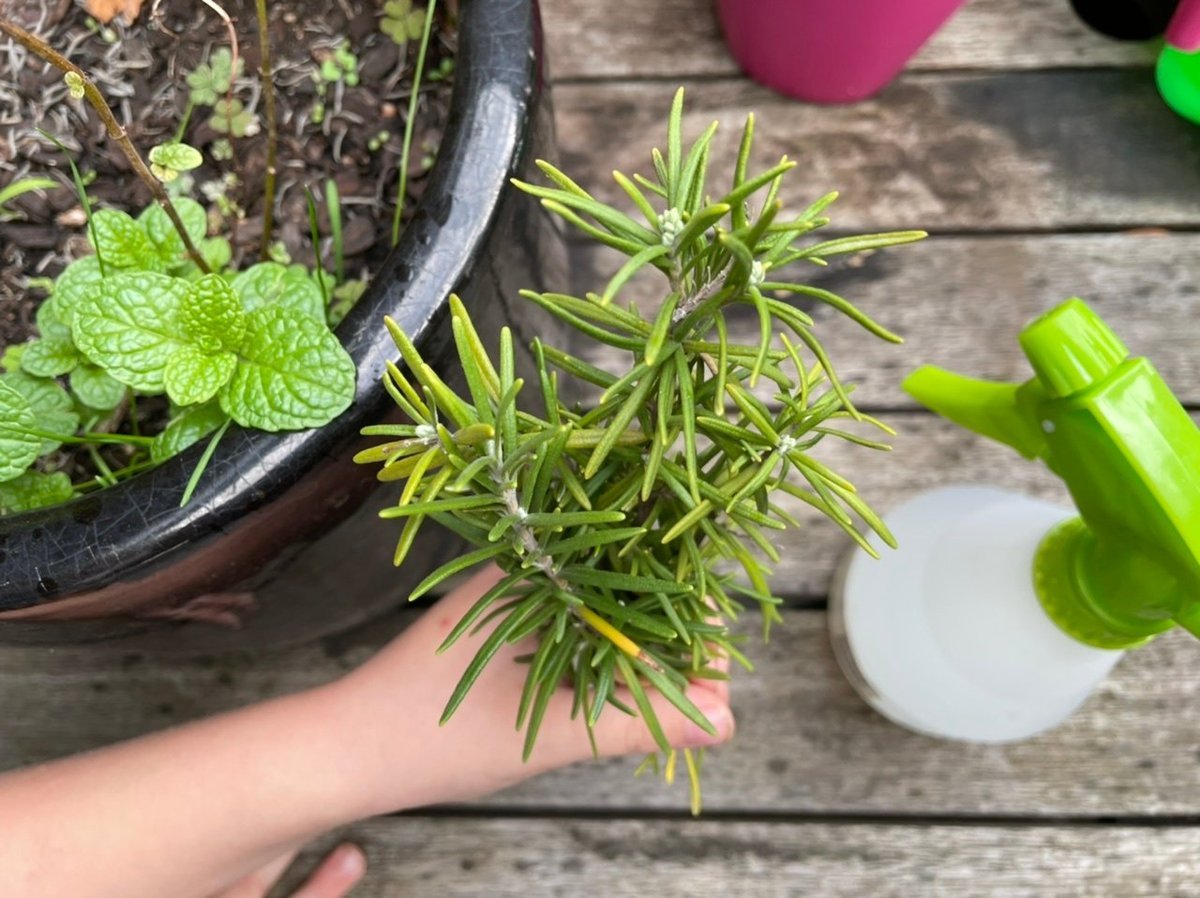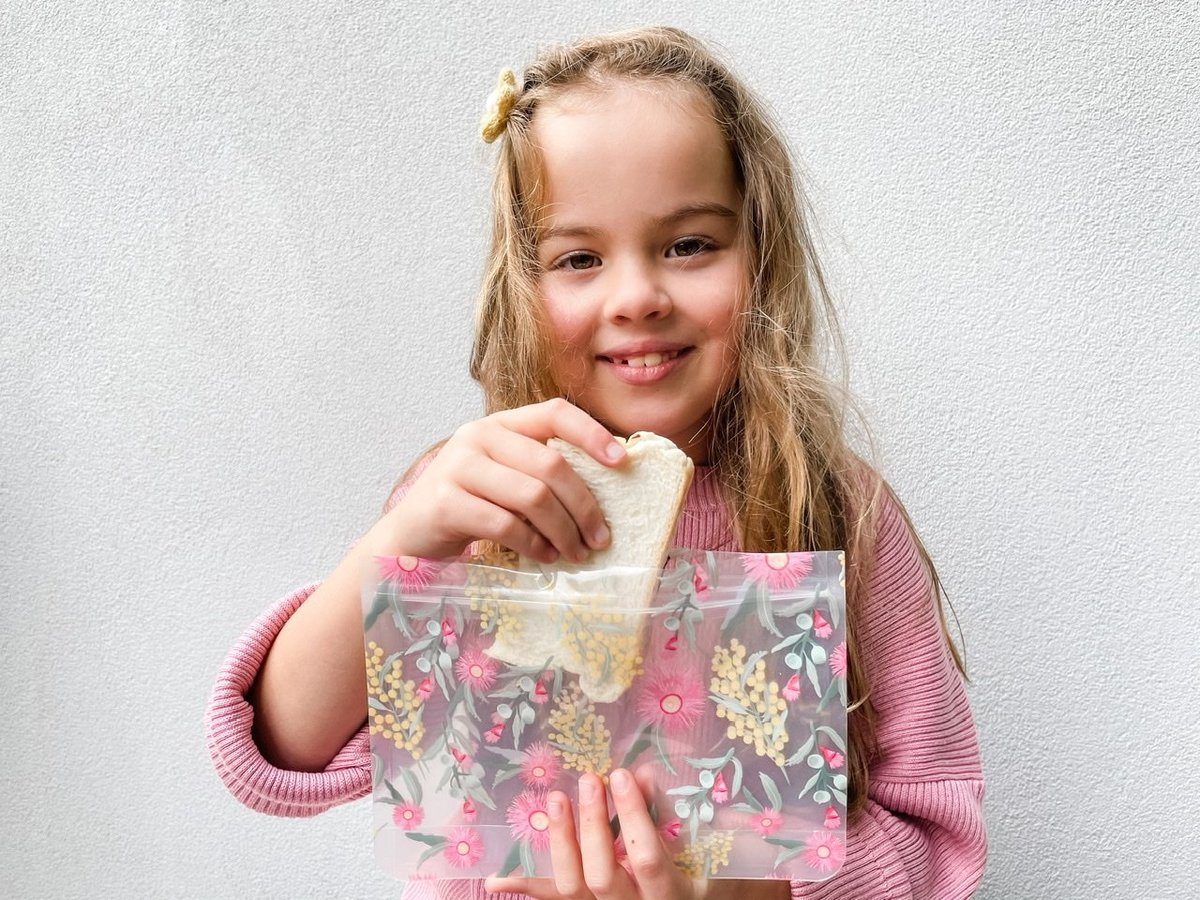
I can’t always get the kids to eat their greens.
We’re making slow progress, but every sampled veggie is a step in the right direction – a lifetime of enjoying (and benefiting from) leafy vegetables.
It’s a similar situation in the home, where we’ve made small, steady improvements to the products we use in our kitchen. It’s a move to be more sustainable, easing the pressure on the environment.
Watch: Emma Watson shows that sustainable is stylish. Post continues below.
Today, World Environment Day, is the perfect day to make some changes.
We’re only one family, but one of millions in Australia alone, so every eco-swap has the potential to make a big difference in years to come.
I will disagree with Kermit the Frog though and say it’s quite easy being green. We’re wasting less but doing more for the earth and it feels good!
I have five simple ways to be less wasteful in the kitchen, ways I know many others will be able to replicate with ease.
1. Windowsill herb garden.
Picture this: the sun is streaming through the window and you snip some parsley from your mini herb garden for your breakfast eggs. You have a variety of micro herbs and tasty toppings for your cooking and it’s all right at your fingertips. No more buying plastic punnets (that aren’t cheap) and wastefully throwing out the unused portion.































































































